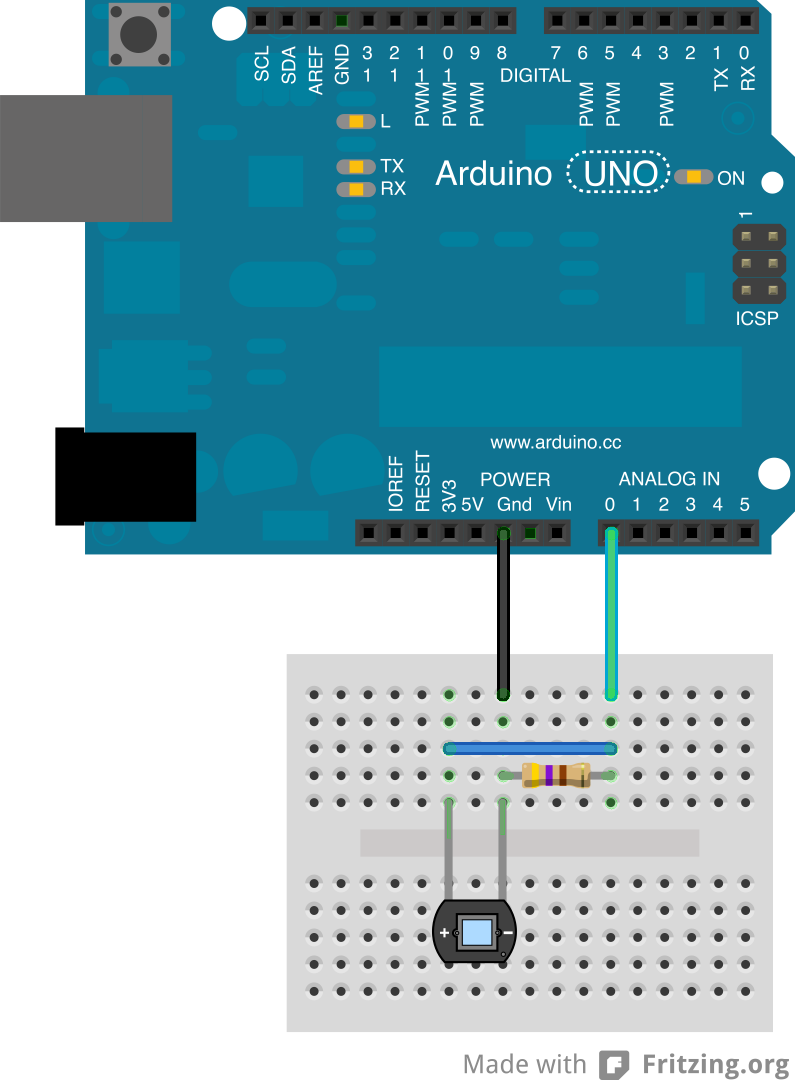
Best way to measure light intensity with a photodiode?
Light intensity measurement is crucial in various industries, such as photography, agriculture, and horticulture. One of the most common ways to measure light intensity is by using a photodiode. A photodiode is a semiconductor device that converts light into an electrical current. In this article, we will discuss the best way to measure light intensity with a photodiode and provide some tips on optimizing the accuracy of your measurements.
Choosing the Right Photodiode
Before you start measuring light intensity, it is essential to choose the right photodiode for your application. There are various types of photodiodes available, each with its unique characteristics and sensitivity to different wavelengths of light. Some common types of photodiodes include PIN photodiodes, avalanche photodiodes, and phototransistors. Consider factors such as spectral response, responsivity, and speed when selecting a photodiode for your measurement needs.
Circuit Design
Once you have selected the right photodiode, the next step is to design a circuit for measuring light intensity. The circuit typically consists of the photodiode, a transimpedance amplifier, and a microcontroller or data acquisition system for signal processing. The transimpedance amplifier converts the small current generated by the photodiode into a voltage that can be easily measured. It is essential to ensure proper grounding and shielding to minimize noise and interference in your measurement setup.
Calibration and Measurement
Before you start making measurements, it is crucial to calibrate your system to ensure accurate results. This involves measuring a known light source with a known intensity and comparing it to the output of your photodiode circuit. Make adjustments as needed to account for any discrepancies in your measurements. When measuring light intensity, it is essential to consider factors such as ambient light, temperature, and wavelength to obtain reliable and consistent results.
Tips for Optimization
- Use a high-quality photodiode with low noise and high sensitivity for accurate measurements.
- Minimize ambient light and external interference in your measurement environment.
- Consider using optical filters to isolate specific wavelengths of light for more precise measurements.
- Perform regular calibration checks to ensure the accuracy of your measurements over time.
Conclusion
Measuring light intensity with a photodiode is a versatile and reliable method for various applications. By following the steps outlined in this article and optimizing your measurement setup, you can obtain accurate and consistent results for your light intensity measurements. Remember to choose the right photodiode, design a proper circuit, calibrate your system, and consider optimization tips to ensure successful light intensity measurements.
Was this helpful?
0 / 0